
Good nutrition and exercise are keys to having strong, healthy pets. Find out how to reduce your pet’s risk of chronic disease and increase his or her chance for a longer life.
Obesity is one of the most prevalent and expensive diseases affecting people in the U.S. today. Our pet population suffers similarly from obesity and the associated medical conditions it causes such as canine and feline diabetes, arthritis, heart and lung disease, high blood pressure and compromised immune function. 17 million dogs (24% of population) and 33 million cats (40% of population) are considered obese.
Pets are defined as overweight at 5-19% above ideal body weight and obese at 20% or more above ideal body weight. Veterinarians report that nearly half of the dogs they treat are overweight, however only 17% of dog owners feel the same.
Surprising, right? Unfortunately, people don’t see overweight pets as a problem. In fact, fat cats and dogs are often seen as “cute and cuddly” or as subjects of humor.
They often grace cartoons, greeting cards and internet sites in all of their chubby galore. However, when you begin to break a sweat when picking up your pet or he begins cleaning the floors with his stomach and his food bowl is bigger than yours, there is a problem!
All joking aside, the health risks of obesity are real. It has been well documented that dogs maintaining an ideal body weight live 15% longer, and with less disease, than overweight dogs. It is a fact that pets will live shorter lives if obesity is not addressed.
Choosing the best dog food and cat food is the first step toward a more healthy life for your pet. Halo(r) natural dog food and cat food is made with natural ingredients, designed to support the health of your pets. Read further for additional guidelines on weight loss and achieving your pet’s ideal body weight.
Recognize the problem and take action on your pet’s behalf! As a veterinarian, I cannot tell you how many times I have heard: “he hardly eats anything!” Well, let me tell you, the pet obesity equation is very simple: Pets that consume more calories than they burn will gain weight.
Obesity is often indicative that our pets are sedentary, couch-potato-type eating machines burning almost no calories! Your pet needs to eat less and exercise more which may ultimately be good for both of you!
Get your veterinarian involved in your pet’s weight loss plan. See your veterinarian for a full, medical checkup as there are many conditions that can contribute to obesity, including canine and feline diabetes, Cushing’s disease, and hypothyroidism. Have your veterinarian determine your pet’s current body weight, body condition score, and ideal body weight.
Ask your veterinarian to calculate the amount of calories your pet requires each day. This amount will depend on your pet’s age, activity level and weight loss program. Pets should lose no more than 1-2% of body weight each week, and should be weighed every two weeks for adequate monitoring. When the goal weight is achieved, institute a new plan for food intake.
Please note that cats have unique metabolic reactions to dramatic fasting and a serious disorder called hepatic lipidosis (fatty liver syndrome) can develop. This condition can easily be avoided and you should discuss this with your veterinarian.
Change your feeding practices. Many pets are fed “free choice,” which means there is food available 24/7 and the pet eats whenever it wants. This is unnatural for any mammal and, just like people, pets will eat when bored, instead of just when hungry.
Sometimes, our pets will snack in between meals, or one pet will eat another pet’s food. These are also “hidden” sources of extra calories. You should be feeding two to four small portions a day and likely downsize what you think of as a “normal” portion.
Remember, our pets hold down the rugs most of the day. They are expending close to no energy. Food label recommendations are intended for weight maintenance and will lead to continued weight gain in overweight cats and dogs.
Follow your veterinarian’s recommendations or, as a general rule for weight loss, reduce your pet’s total daily ration by 30%. After two weeks if your pet has lost even a little weight, you are on the right track! If no weight loss has occurred, reduce the daily ration by another 30% and reweigh in another two weeks. Continue until the weight loss goal is reached.
Critically evaluate the diet you are feeding. It is important to avoid “Reduced Calorie,” “Senior,” and “Lite” diets as they cause weight gain in many pets. Diet dog food and cat food are low in fat to reduce calories, but contain very high percentages of carbohydrates.
These carbohydrates stimulate excessive insulin secretion which tells the body to store unused calories as fat. In order to achieve weight loss, all pets require high-quality, higher protein, meat based diets.
Cats, as true carnivores, should always be fed a meat-based diet which naturally has high protein, moderate fat and low percentages of grains. All Halo cat foods provide this even Halo dry cat food is meat based with far less carbohydrates than other commercial cat foods. The carbohydrates Halo uses are foodstuffs like sweet potato, barley and peas, thus avoiding high glycemic carbohydrates (those that raise blood sugar rapidly) such as corn and rice, due to the negative effects they have on the metabolism and weight gain.
Give treats the right way. Many pet owners or caregivers are guilty of giving excess calories in the form of treats. When your cat is meandering about the house, weaving in between your legs vocalizing, they must be starving and asking for food, right? This actually is a common cat social behavior that has nothing to do with hunger, but if you make the mistake and give a treat for this behavior, it is a reward and a vicious cycle begins.
Don’t give in to those “sad puppy dog eyes” that look so hungry. It only reinforces begging behavior! Most commercially available treats are low in nutrition and filled with carbohydrates, sugars, artificial colorings and flavorings, which do nothing to satisfy hunger. If you need to give a treat, try cutting up bits of cooked meat or try Halo Liv-a-Littles nutritious dog food and cat food made of healthy, freeze-dried meat only!
EXERCISE, EXERCISE, EXERCISE! This is an amazing statistic 40% of American adults do not participate in any leisure time physical activity and less than 33% engage in the recommended 30 minutes of daily physical activity. No doubt, our pets are just as sedentary.
Physical activity has been proven to facilitate weight loss, lessen heart disease, lower cholesterol levels and the chance of diabetes, slow bone loss associated with advancing age and lower the risk of certain cancers, not to mention helping to reduce anxiety and depression. Very likely, many of these same benefits occur in our pets.
Exercising is obviously easier to achieve in a dog you can walk and run versus a cat who you need to coax into activities, however there are many interesting interactive cat toys available to improve activity and a laser-pointer session may be right up your cat’s alley!
Donna Spector, DVM, DACVIM, is a board-certified veterinary internist who has practiced at the Animal Medical Center in New York and the Univ. of California, Davis. She completed degrees in Veterinary Medicine at Michigan State Univ. Dr. Spector writes for Halo Pets, a maker of natural pet products.
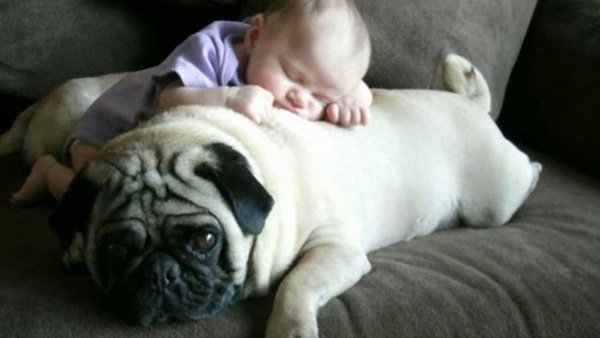 A Simple Guide to Kitten Age Estimation
A Simple Guide to Kitten Age Estimation
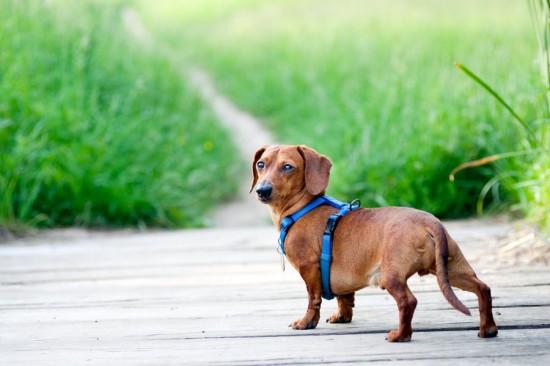 Collars, Harnesses And Leads - What Do You Need For Your Dog
Collars, Harnesses And Leads - What Do You Need For Your Dog
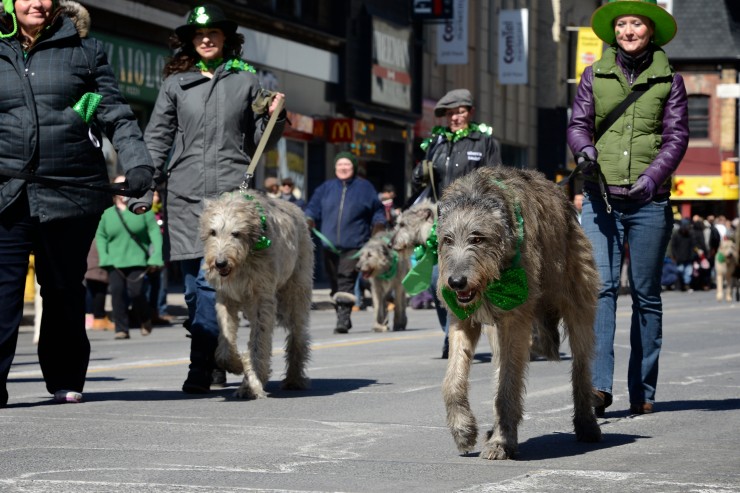 Keeping Your Dog Safe On St. Patrick’s Day
Keeping Your Dog Safe On St. Patrick’s Day
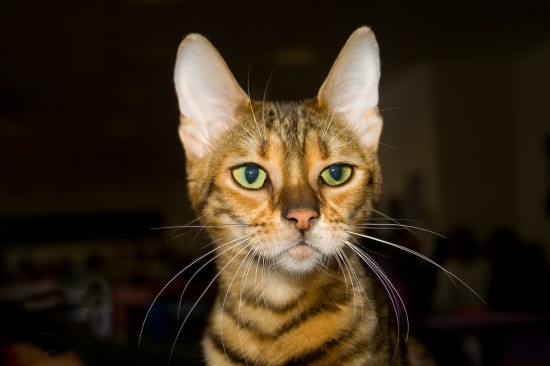 6 Large Domestic Cat Breeds With Wild Relatives
6 Large Domestic Cat Breeds With Wild Relatives
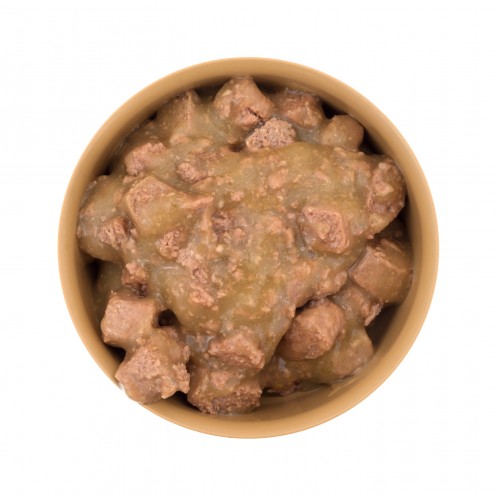 Do You Know Whats In Your Dog Food?
Do You Know Whats In Your Dog Food?
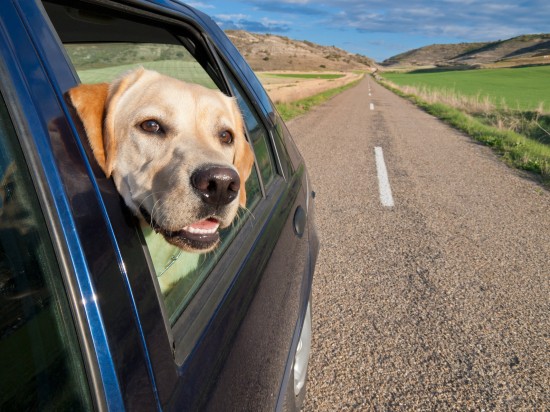 Dogs And Car Trips - Why Do They Love Sticking Their Nose Out Of The Window?
Dogs And Car Trips - Why Do They Love Sticking Their Nose Out Of The Window?
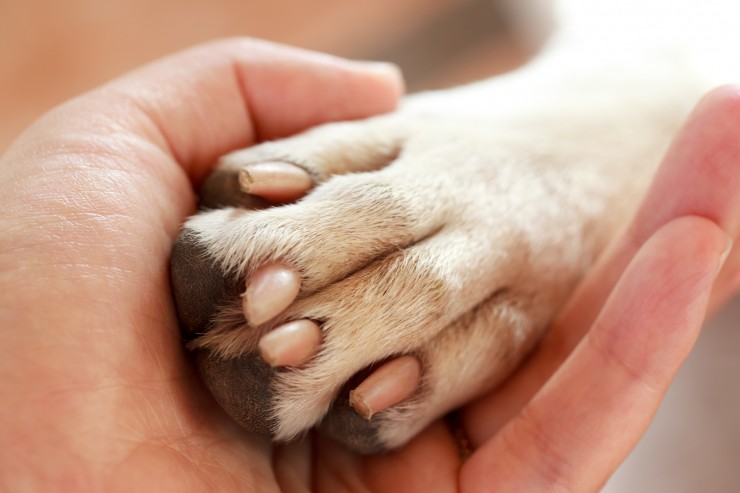 Identifying And Treating Paw Infections In The Dog
Identifying And T
Identifying And Treating Paw Infections In The Dog
Identifying And T
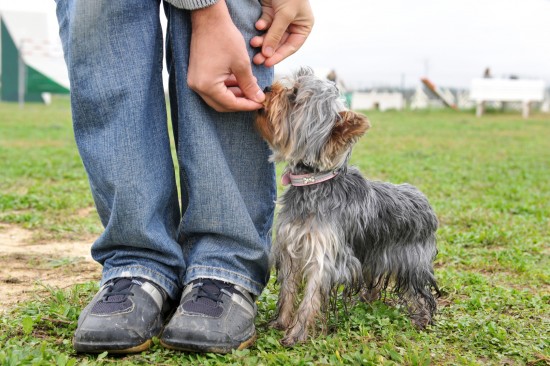 How To Get Your Dog Ready For A Training Class Or Session
How To Get Your D
How To Get Your Dog Ready For A Training Class Or Session
How To Get Your D
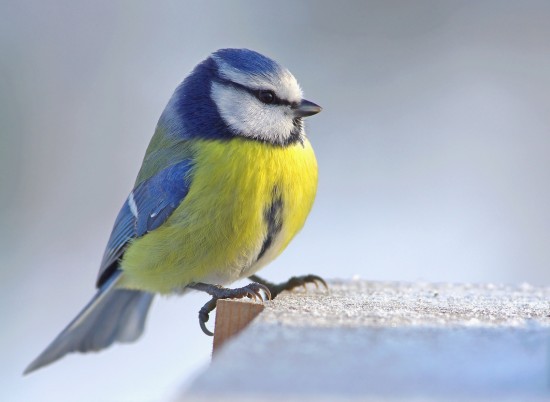 British Garden Birds – Tit Family
British Garden Bi
British Garden Birds – Tit Family
British Garden Bi
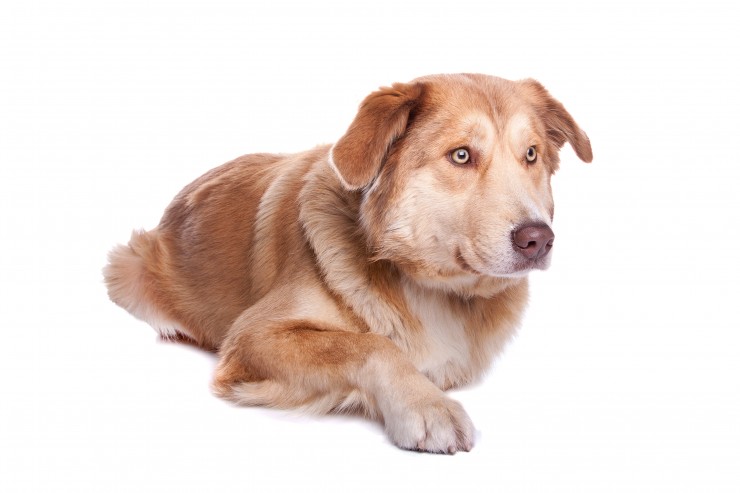 The Aidi - A Smart, Courageous Dog Native To Morocco
The Aidi - A Sma
The Aidi - A Smart, Courageous Dog Native To Morocco
The Aidi - A Sma
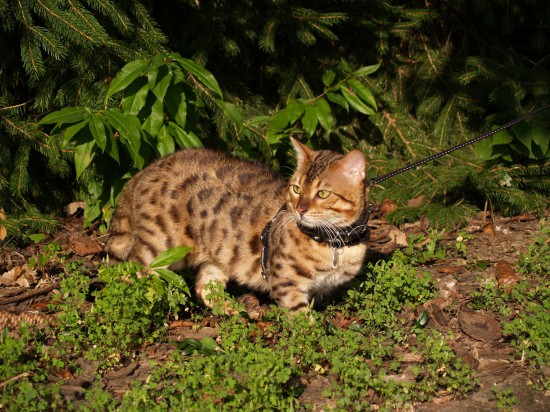 The Desirable And Expensive Savannah Cat
The Desirable And
The Desirable And Expensive Savannah Cat
The Desirable And
Copyright © 2005-2016 Pet Information All Rights Reserved
Contact us: www162date@outlook.com